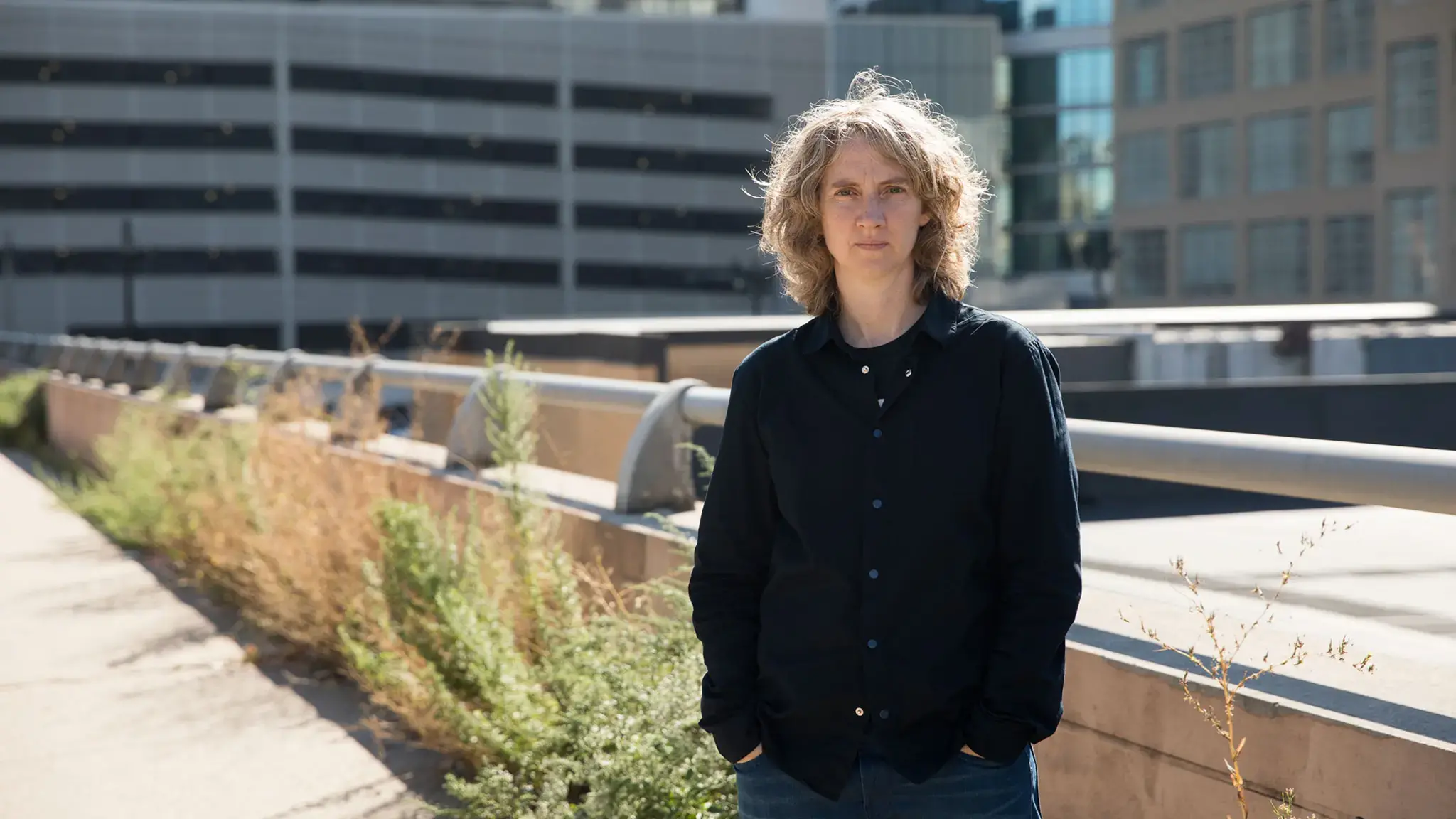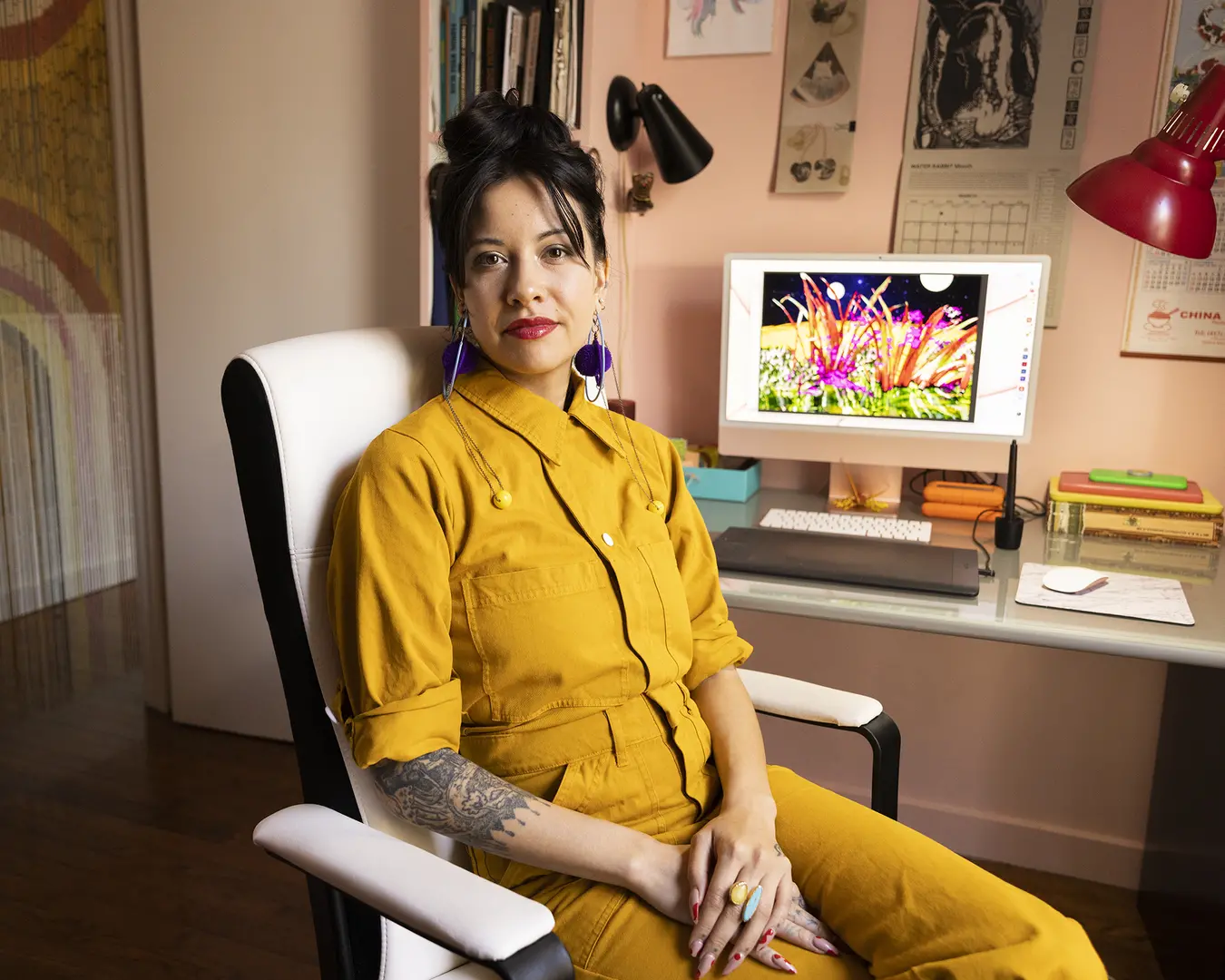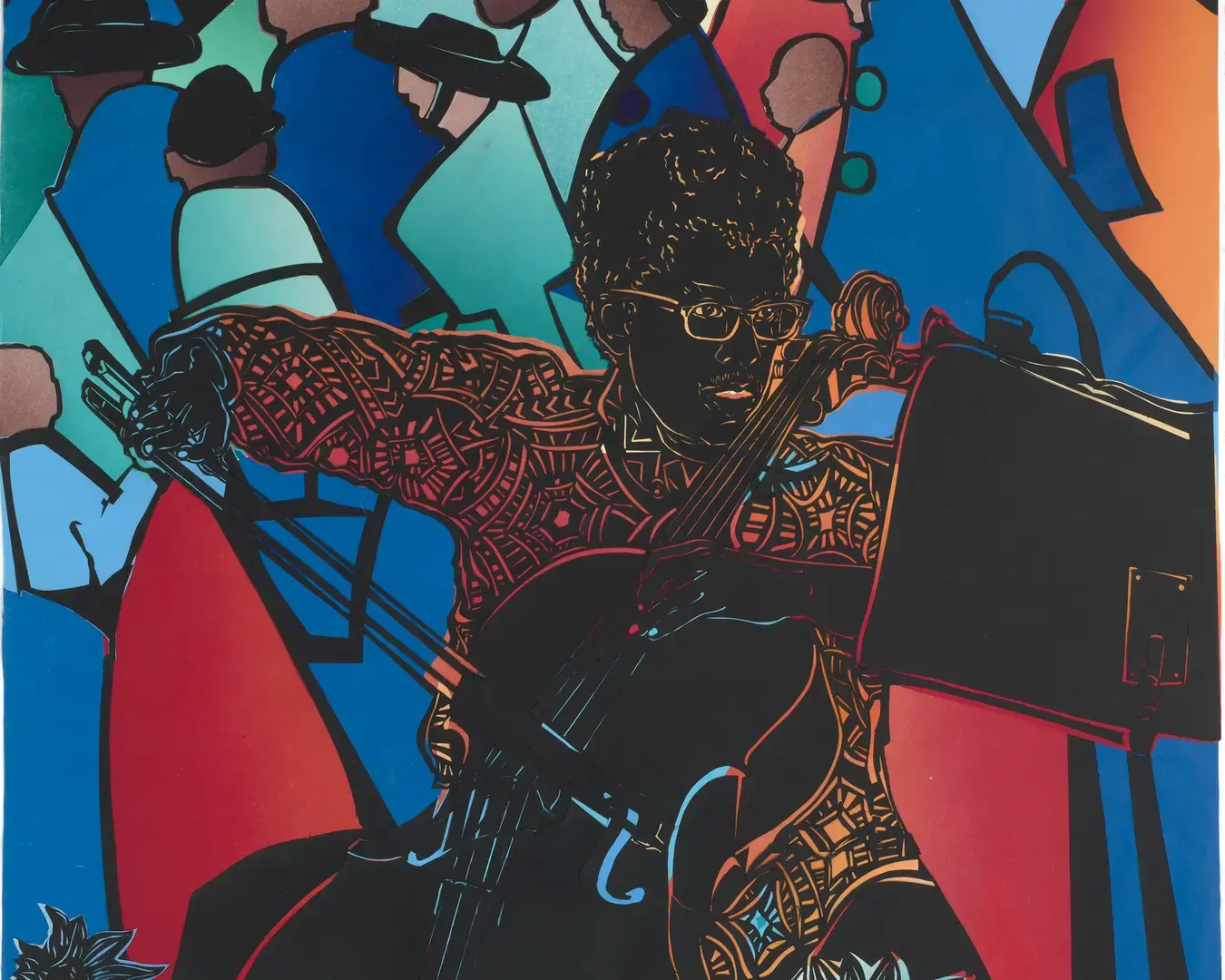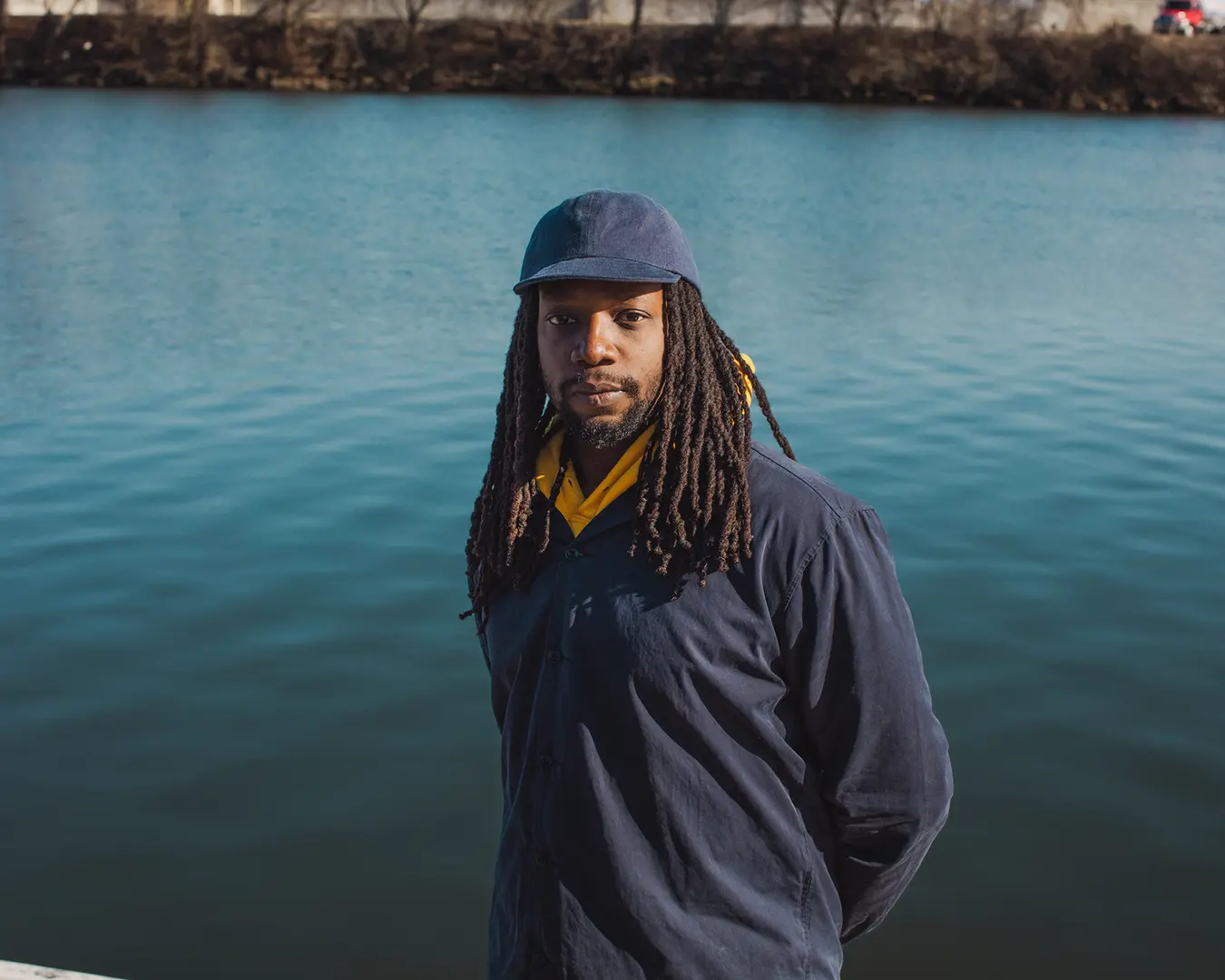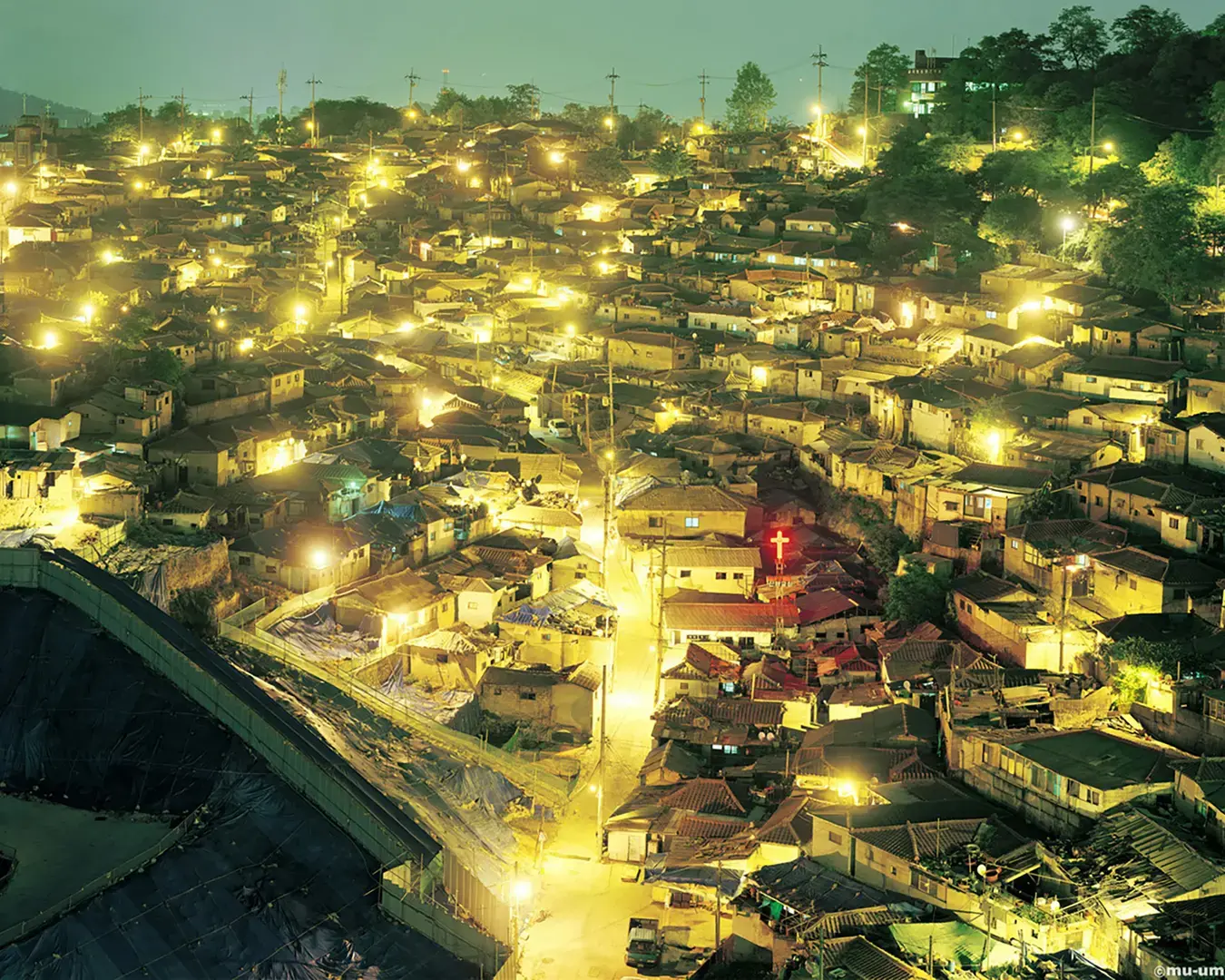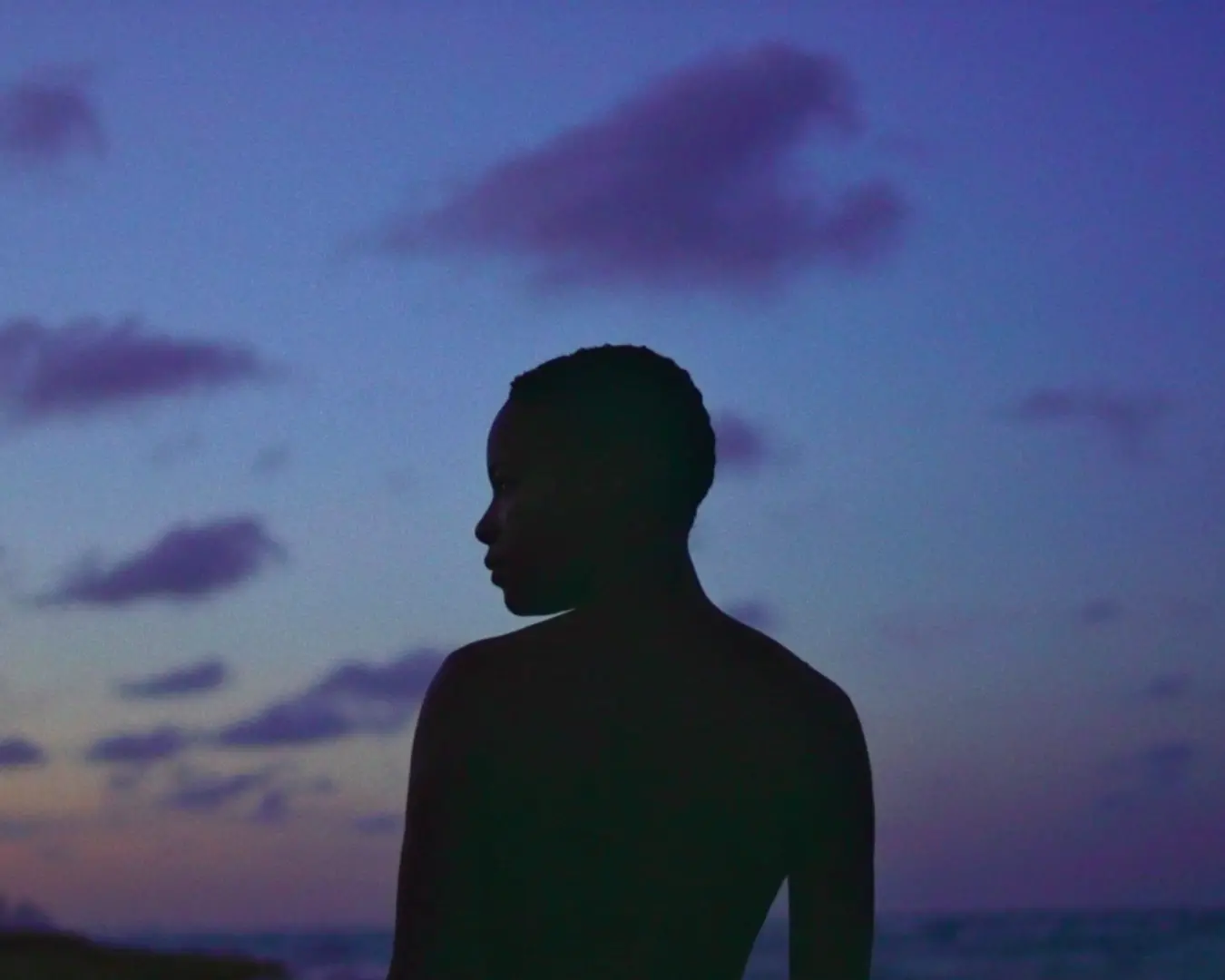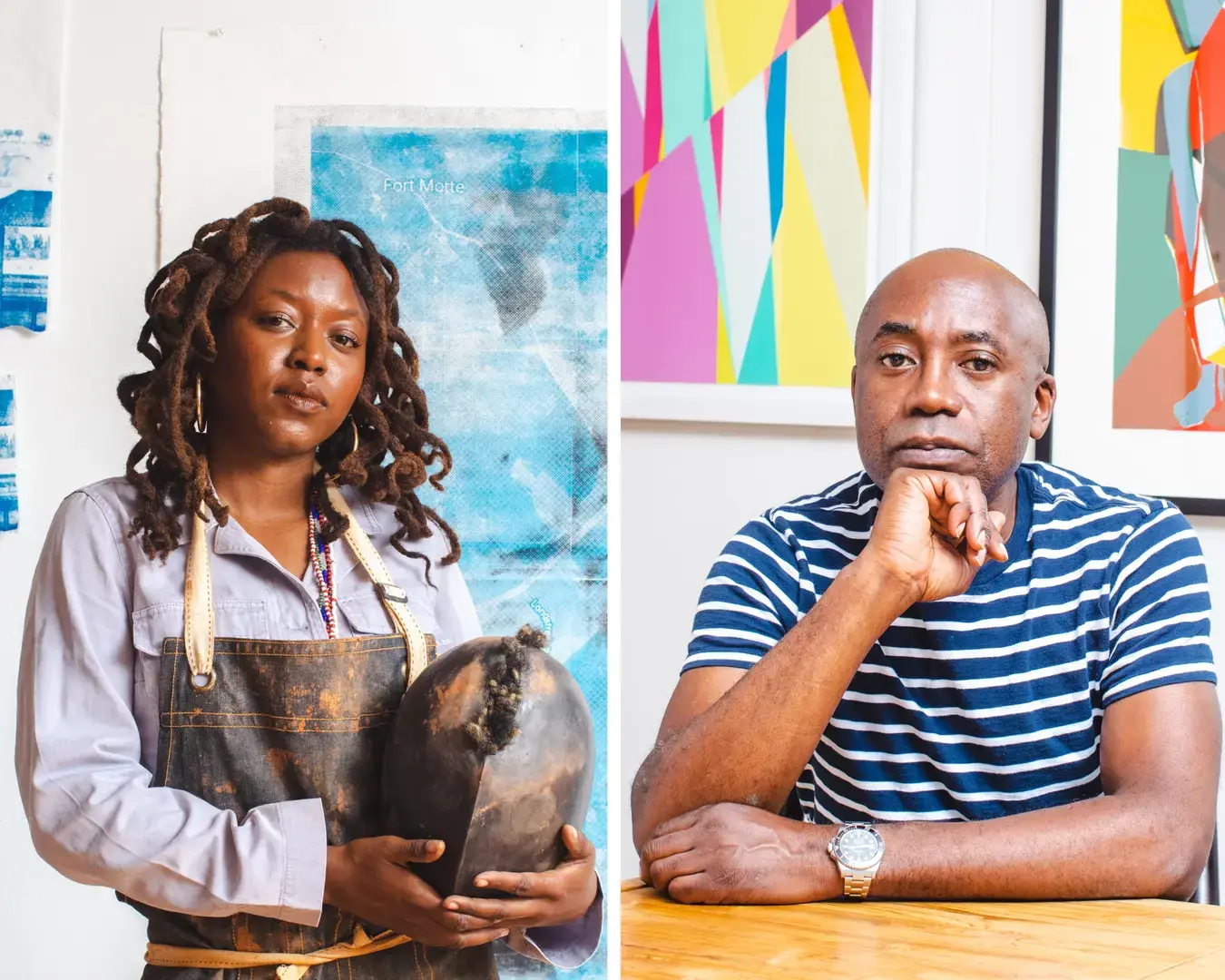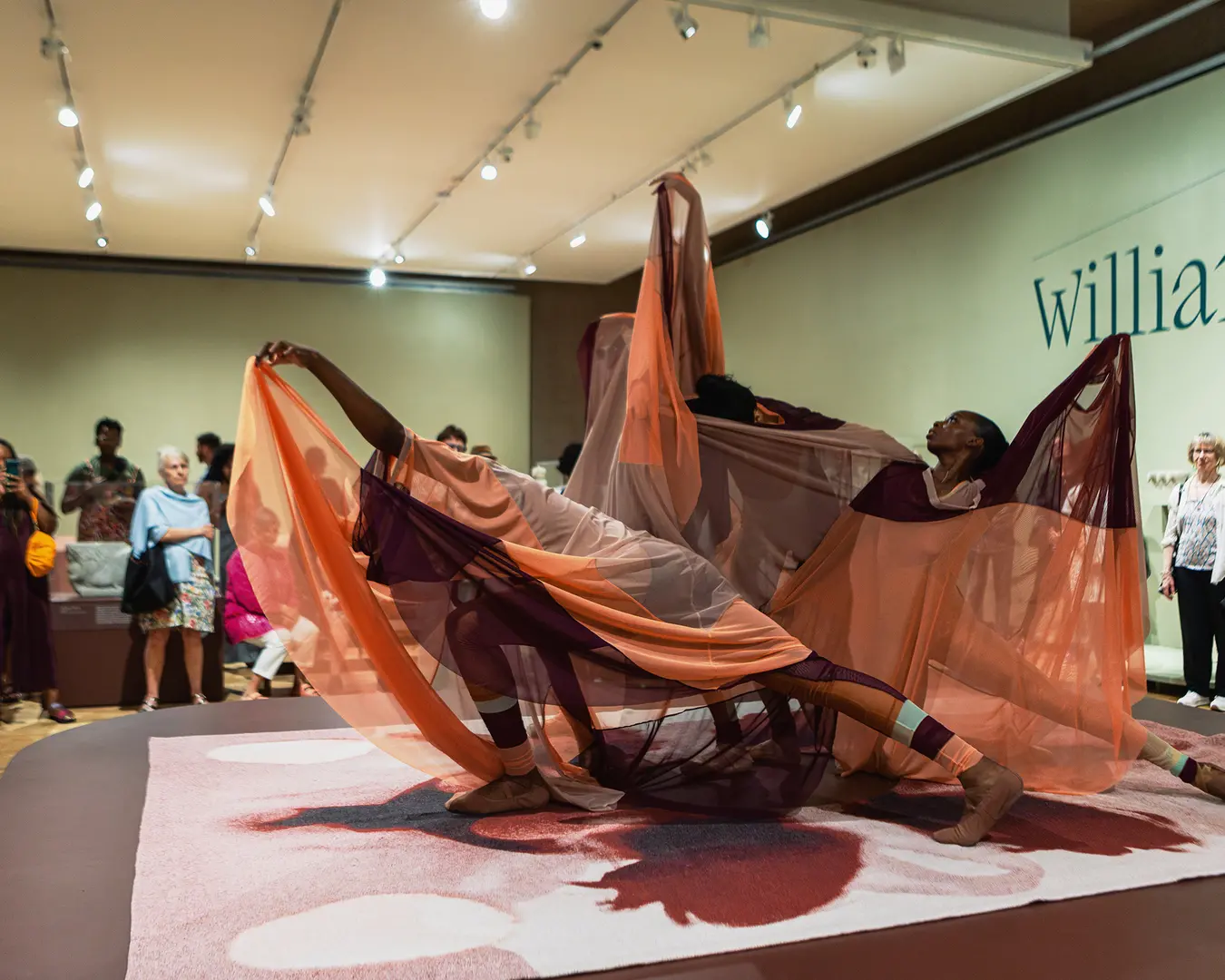Our “Fellows Friday” series focuses on the artistic lives of our Pew Fellows: their aspirations, influences, and creative challenges.
This week, we speak to Sharon Hayes (2016) who employs various mediums—including video, performance, installation, and photography. Hayes’ work is concerned with interrogating the present political moment, often through works staged “in the street,” a practice that she says arose from her “interest in public speech and the conditions of public address.” Her work has been shown at the Guggenheim Museum, Museum of Modern Art, Whitney Museum of American Art, Tate Modern, and the 55th International Venice Biennale. The recipient of a 2014 Guggenheim Fellowship, Hayes is associate professor of fine arts in the School of Design at the University of Pennsylvania.
What was the first work of art that really mattered to you? Did it influence your approach to your work?
My junior year of college, I took a dance class that was taught by a New York City performance artist named Dan Hurlin, and from there my life opened to possibilities I really never knew existed. I ended up taking off the second semester of my junior year and going to New York City to work with Dan, following him over the summer to work at the children’s theater he ran in Wilton, NH. There, I met a dozen downtown NYC dance, theater, performance, and filmmakers and returned to NYC in the fall to do a credit-based performance program called the Trinity/La Mama Performing Arts program.
That fall I heard someone talking about Yvonne Rainer and followed the tip to the New York Public Library’s Lincoln Center branch, where I watched Rainer’s 1972 film, Lives of Performers, on a Steenbeck that the library used for viewing 16mm films in their collection.
The film was a revelation. It was smart and funny and like nothing I had ever seen before. In the work, Rainer constantly offers the co-existence of simultaneous yet contradictory events, conditions, feelings: melodrama and exposition; performance and film; movement and stillness; individual and collective; pain and pleasure.
Without hyperbole, I can say that Rainer’s film brought me to a profound set of recognitions that influenced everything I did afterwards. It offered me a way to understand art and a means to begin to make my own work.
What is your daily art-making routine?
There is no regular art-making routine for me as the form of my work shifts from project to project. Some days I go to an archive, close my belongings into a locker and look through folders all day. Other days I sit down with a notebook and write. Other days I might meet with a cameraperson; or hold auditions for readers to work with me on a new piece; or wander through a cemetery looking for monuments where a woman is memorialized without an obvious connection to a husband or father; or memorize a text that I plan to perform.
Your work employs various mediums to interrogate the intersections of history, politics, and speech within private and public spaces. How do you think about the role of advocacy in your work? When do you think art is most effective as an advocacy tool?
Advocacy is not a word I use often, neither in relation to art nor in relation to activism. I am drawn to people, events, moments and histories in which there is a forceful and, often, demonstrative desire that materializes in some form or action. These desires I gravitate toward are often desires for political change, but I wouldn’t say that they (the people, events, actions) necessarily, or even often, perform as advocates. In my experience, people are drawn into politics and toward political action for a whole range of different reasons that are emotional, psychic, intellectual, social, sexual, traumatic or a reaction to trauma, non-rational and unstable. And the result of any given political action can be immediately inconsequential and then end up having enormous and far-reaching impact over time.
That said, advocacy steers productively toward the vital conversations taking place in disability activism and scholarship that elaborate social and political relations in and as relations of care, mutual aid, and dependencies. From these provocations, I think there are enormously important questions to ask of the field and of us as individual artists. What structures of support enable us to do what we do? Whom are we stretching toward with our work? Do we reproduce prevailing relations of dominance in our process? What points and lines of access are presupposed in our work?
I don’t find criteria of effectiveness particularly useful in relation to art. For me, it’s impossible to measure, quantify, qualify or even judge effectiveness in a field of production that is as vast and unruly as that of contemporary art. Many of the artists whose work I most admire offer viewers a new way to see, hear, think, move, act. How, where, or in what way a viewer deals with that offer is what makes the encounter of art fascinating, rewarding and, sometimes, deeply troubling.
What single ethical consideration most impacts the decisions you make as an artist?
I am an artist who makes work with others. By this I mean that I collaborate often with other people: artists, readers, actors, dancers, or performers that I hire, communities that I engage in the work. There is not one piece that I could say I made by myself. Each work comes to form and to publicity with the support of a whole host of people who help me, both in front of and behind the camera, so to speak.
Therefore, for me, being an artist brings the dual responsibility to be as clear, equitable, and respectful as possible in my working relations with those who help me realize a given work and to work against the structures of individuation that proliferate inside of contemporary art that constantly reward and celebrate the artist as solo force.
What images or things keep you company in the space where you work?
Aside from three personal photographs that I keep in my studio (one of my mother, one of my partner, and one of my five-year old kid), images go up on my walls and come down fairly often. My notebook (whichever one is current) is the one object that moves through every space and moment in which I work.
Whose opinion about your work do you respect most?
I love hearing almost any opinion about my work, as it is my best way of understanding what the work is doing, how it is operating, and what it is. I can write 10 pages about what I think a work is or is doing, but the observations and experiences of a collective of people who view or engage the work is far more valuable to understanding what the work is than anything I could say without that commentary.
In reflecting back to the beginning of your career, what is the most useful advice you ever received?
To value and protect unstructured time.
Do you think about your legacy and, if so, how does your thinking about it affect your practice?
I think a lot about the after-life of performance and about the long, long, long complicated lives of various art works that I adore (and even some that I hate), but I must admit that I do not yet think about the legacy of my own work. In the face of the overwhelming and exhilarating demands that making new work compels on my body, my time, and my mind, considerations about the practical future easily fall by the wayside. I suppose that also means that I trust that my passions and commitments to the present moment will resurface and recirculate in a future moment if and when they are relevant to that discursive, aesthetic, and political future.
